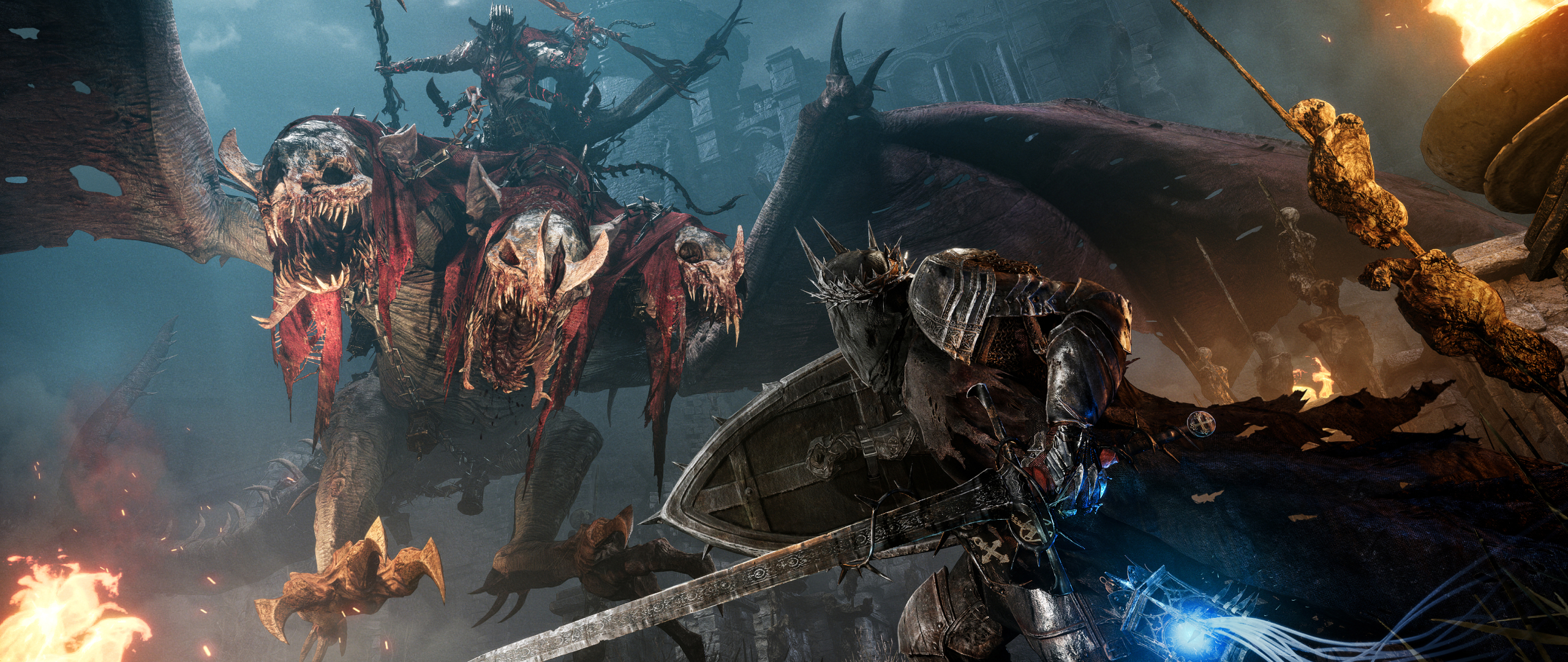TechRadar Verdict
Lords of the Fallen is an expertly crafted soulslike with innovative mechanics that add risk and reward, and wonder to exploration. Combat occasionally feels unpolished and some enemy placement is cheap but there’s a fascinating game here that ticks most of the soulslike boxes while adding some tricks of its own.
Pros
- +
Parallel world system is phenomenal
- +
Gorgeous visuals
- +
Character builds feel adaptable to most situations
Cons
- -
Occasionally wonky combat with attack delay and hit detection
- -
Some infuriating enemy placement
Why you can trust TechRadar
Platform reviewed: PC
Available on: PS5, Xbox Series X|S, PC
Release date: October 13, 2023
The clashing worlds of Lords of the Fallen are simultaneously intriguing and dangerous to explore, stuffed with enemies and all manner of trickery designed to keep you on your toes. As a soulslike, that’s a given. But here, developer HexWorks has gone further, with its choice of engine allowing separate worlds to be rendered simultaneously, providing what feels very much like a modern-day take on The Legend of Zelda: A Link to the Past’s parallel Dark World.
As a Dark Crusader, you’ll traverse between Lords of the Fallen’s twin worlds of Axiom and Umbral almost at will, fighting challenging bosses, conquering twisting levels, and uncovering secrets on your mission to prevent the Demon God Adyr from being resurrected. Throw in overtones of sin and religious penitence, and you have a world that’s astonishingly bleak, but utterly fascinating to unravel.
Break on through to the other side
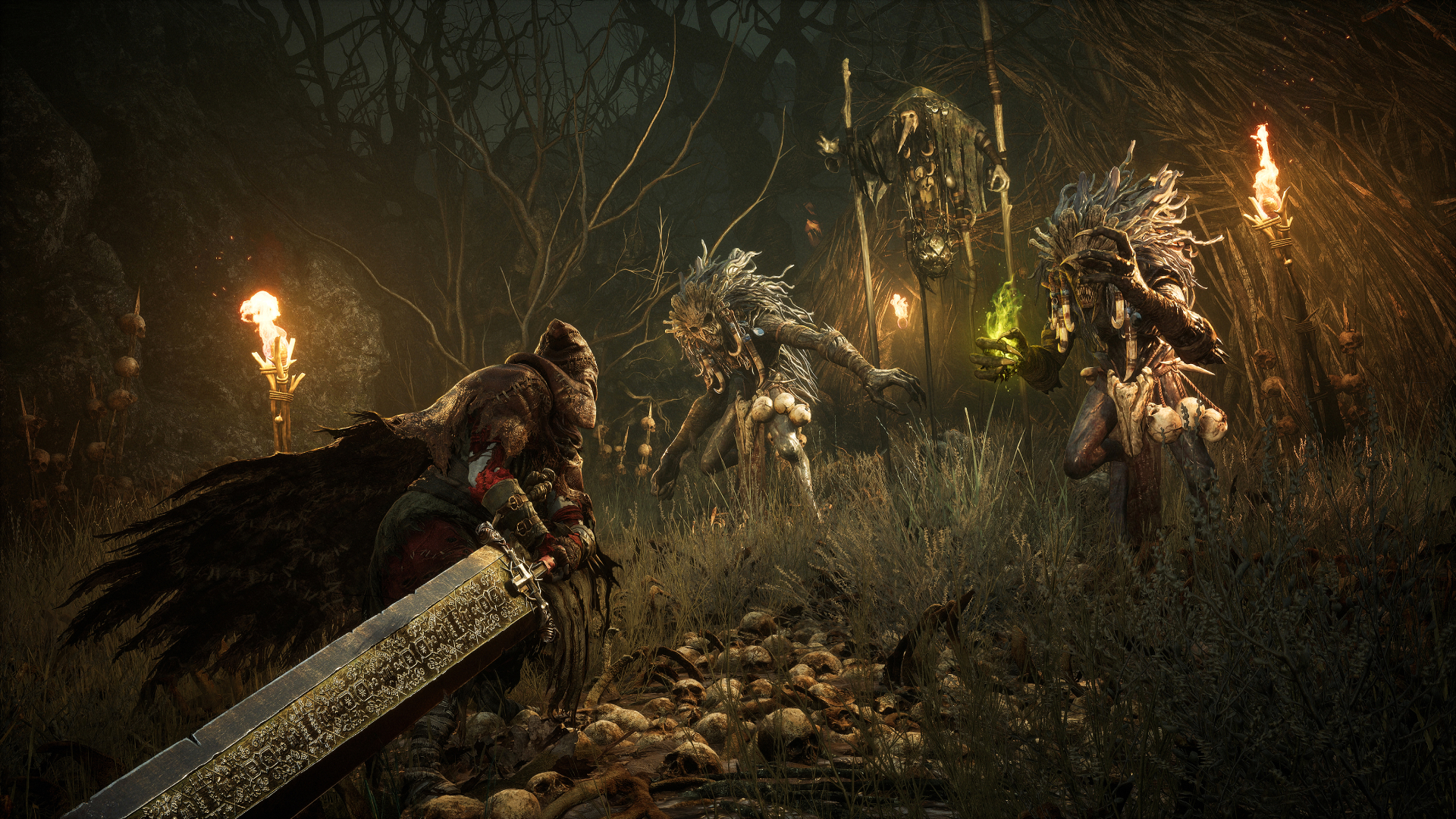
Lords of the Fallen starts in a pretty typical soulslike fashion, with a decent character creator that - for better or worse - stops short of you being able to craft absolute monstrosities in Dark Souls or Elden Ring fashion. You’ll also pick a class that governs your starting attributes, weapon, armor, and item loadout. These are mostly for flavor though as it’s easy to change up your build and try out new weapons as you progress through the game.
It’s not long before the tutorial introduces you to Lords of the Fallen’s core mechanic: your lantern. It’s a phenomenal addition that sets the game apart from other soulslikes. While you’re in the corporeal world, Axiom, you can hold up your lantern to catch a real-time glimpse of Umbral, which is invisibly layered over the world. By doing so, you can discover alternate pathways, hidden treasures, and switches that’ll allow you to progress further if your path in Axiom is otherwise blocked.
Sometimes, you’ll be able to hold up the lamp to simply phase through walls or cross bridges that don’t exist in Axiom. But often, you’ll need to fully cross over to the realm of Umbral in order to progress. And that comes with a whole host of new risks.
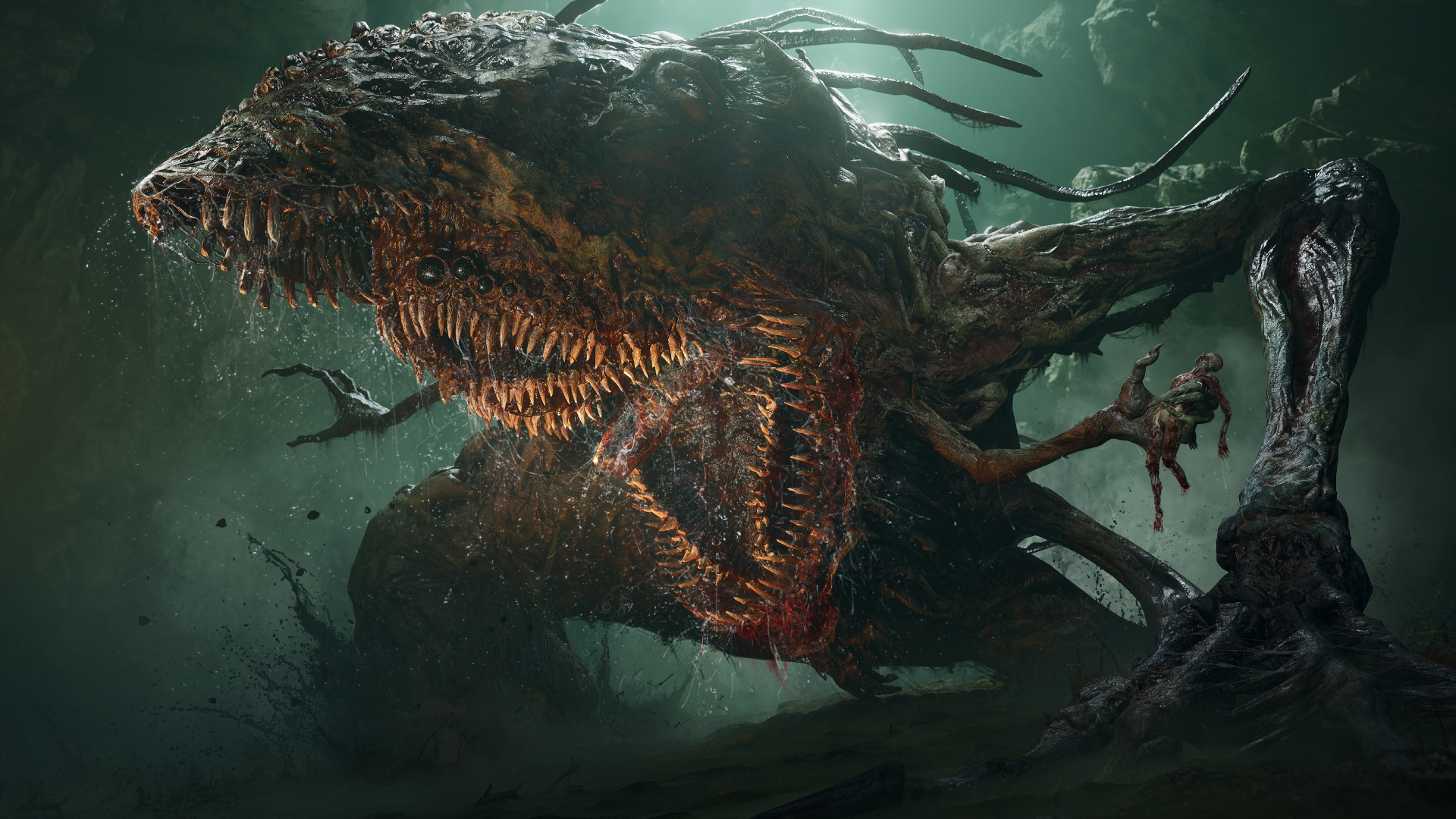
Your lantern’s abilities are so brilliantly integrated with the shift between Axiom and Umbral worlds. One particular highlight was holding up the lantern to walk across an Umbral bridge, then deactivating it to drop to a hidden path below which led to a lovely bit of treasure.
The Umbral plane is extremely dangerous. In addition to the enemies present in Axiom, you’ll also have to deal with a host of new entities that only inhabit Umbral, and can continuously respawn. Worse, a timer is ticking.
Spend too long in Umbral, and a near-unkillable shade will show up to ruin your day. Your objective in this dark world, then, is to get in, progress, and get out via an exit point (no, you can’t just leave Umbral at will!) so as to not risk losing your hard-earned Vigor currency, which you’ll need to both level up and buy items from vendors.
The Umbral plane also ties into Lords of the Fallen’s pretty neat approach to player death. If you die while in Axiom (and you will), you won’t immediately perish. Instead, you’ll be brought back but stuck in the Umbral realm. If you can successfully make it back to Axiom from there, you’ll effectively save yourself from a frustrating loss of Vigor. It’s a fantastic assist that will be of particular benefit to those who are new to the soulslike subgenre, as it effectively offers them a genuine second chance before death. This works in boss fights, too, giving you that second wind when you need it most.
Divine intervention
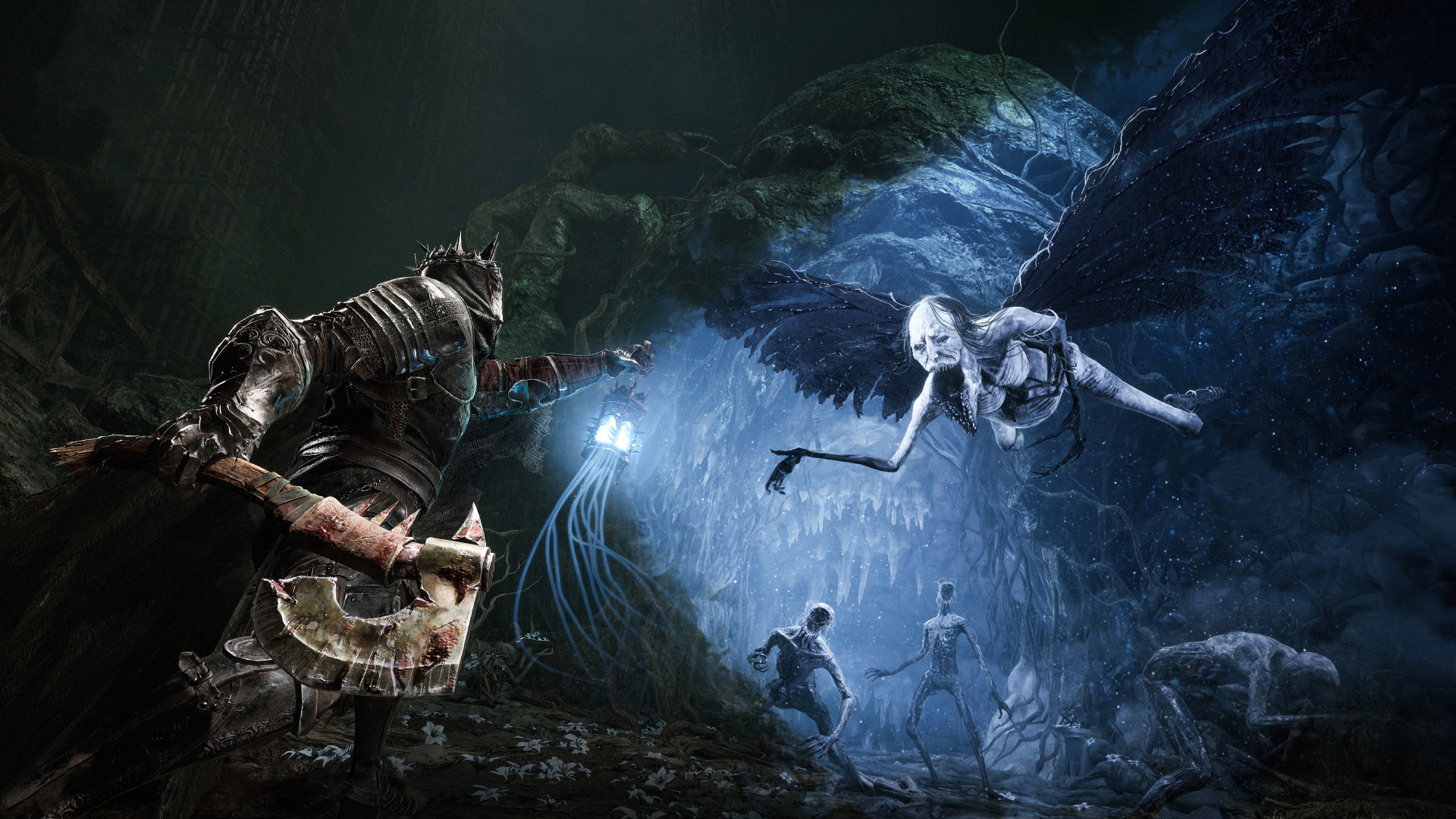
Lords of the Fallen’s dual-worlds are pretty terrifying places to be, but your character is, thankfully, more than up to the challenge. And again, there’s some exciting mechanics here that set it apart from the soulslike crowd. As is standard, you can opt for a sword-and-shield build, dual-wield, two-hand larger weapons, and so on. But it gets better.
Unlike even the best FromSoftware games, your character in Lords of the Fallen has a ranged option built in, governed by an ammunition count that can be replenished with consumables, or by resting at a Vestige checkpoint (this game’s version of Dark Souls’ bonfire checkpoints). With a button press, you’ll switch from your lantern to a ranged mode that will allow you to pick off distant or out-of-reach targets easily. You can find even more of these ranged weapons throughout, too, and they include throwing axes, spells, and - excellently - grenades.
Ranged weapons scale with your offensive stats, too, so even strength-focused greatsword builds are able to fight from a distance. Another particularly nice touch is that ranged attacks can combo near-seamlessly with your melee strikes. In one instance, for example, I was able to get a couple of quick hits in on a particularly tanky enemy, then backstep and chuck a throwing axe in quick succession, thus avoiding their swipe and getting a bit of extra damage in.
Lords of the Fallen’s level design is mostly excellent, featuring winding paths, shortcuts, and plenty of hidden secrets to find.
There are some tweaks that could be made to the overall combat design, though. Some weapons have an uncomfortable amount of delay in their windup, and some enemies are highly resistant to staggering, which leads to frequent instances of trading blows. Combine this with the fact that you’re really not able to take more than two or three hits before dying - even for tankier characters - and you’ll probably run afoul of more than a few frustrating deaths.
Enemy placement could probably use some tweaking, too. While Lords of the Fallen’s level design is mostly excellent, featuring winding paths, shortcuts, and plenty of hidden secrets to find, the game does like to frequently place projectile-happy enemies out of your line of sight. One especially irksome level early on, the Pilgrim’s Perch, is a series of walkways suspended over a cliff face. Here, Lords of the Fallen takes pleasure in placing several enemies that’ll push you off the platforms and into the depths below, leading to an untimely death. Much like Bloodborne, checkpoints are few and far between too, so setbacks like this can often lose you a decent chunk of progress.
In part, though, blemishes like this are common in the soulslike subgenre. And while annoying, they don’t take too much away from what is, overall, a sublimely challenging experience that’s packed with fresh and interesting ideas.
Accessibility
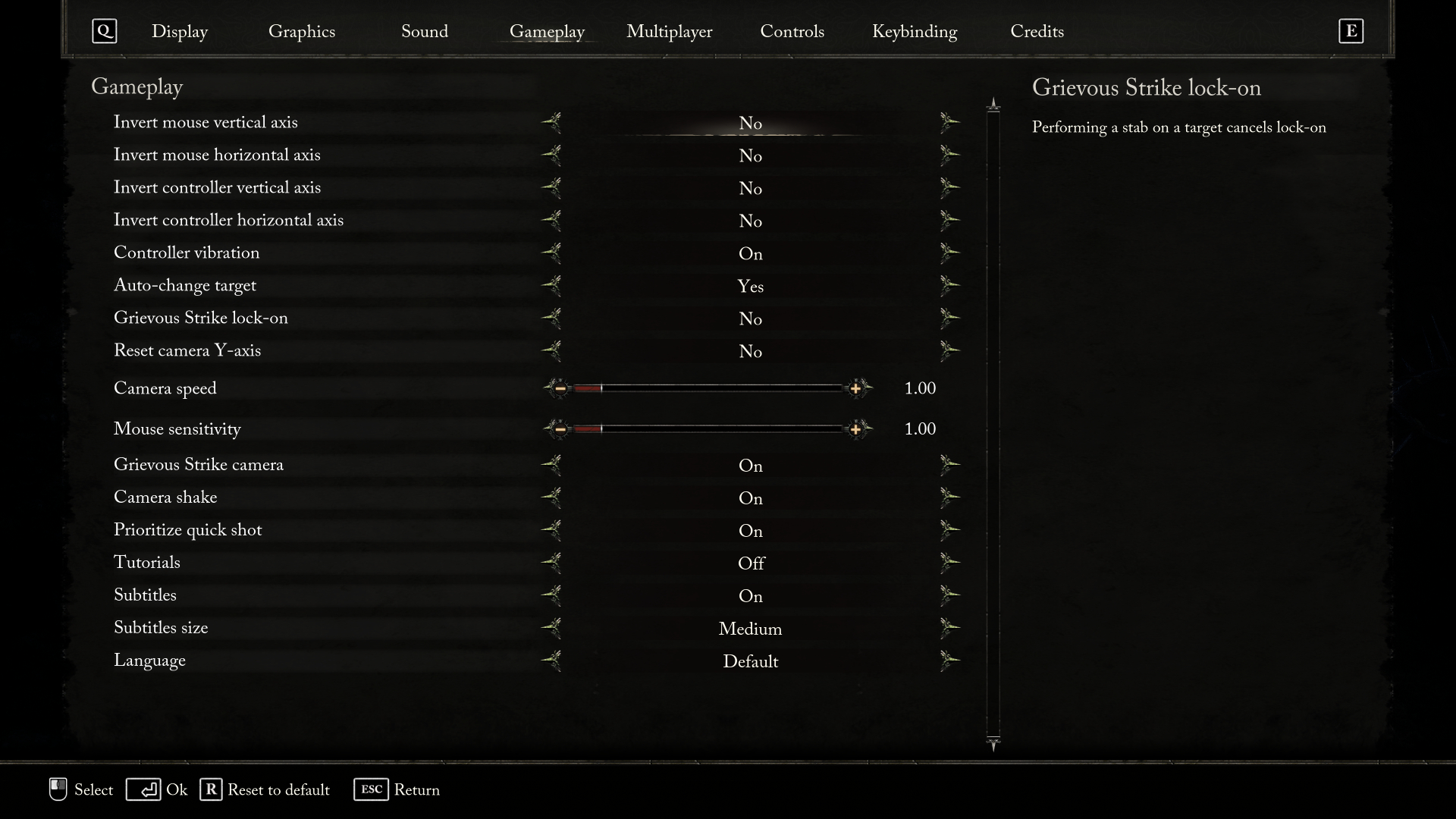
Unfortunately, Lords of the Fallen has next to no accessibility settings at launch. All you’re getting here is the ability to toggle subtitles and their size. That’s obviously welcome, but the addition of colorblind settings and other assists post-launch would make Lords of the Fallen much more accessible to people with different requirements.
How we reviewed Lords of the Fallen
I played Lords of the Fallen on PC for approximately 15 hours, using an Xbox Wireless Controller. As it’s a soulslike, I endeavored to try out multiple builds and playstyles while scouring the world to uncover much of its hidden secrets and to immerse myself in the Unreal Engine 5-powered twin-worlds system.
Alongside Lies of P and Final Fantasy 16, Lords of the Fallen is easily one of the best RPGs of the year. For more titles like it, consider checking out our best single-player games list to discover your next gaming fix.

Rhys is TRG's Hardware Editor, and has been part of the TechRadar team for more than two years. Particularly passionate about high-quality third-party controllers and headsets, as well as the latest and greatest in fight sticks and VR, Rhys strives to provide easy-to-read, informative coverage on gaming hardware of all kinds. As for the games themselves, Rhys is especially keen on fighting and racing games, as well as soulslikes and RPGs.
